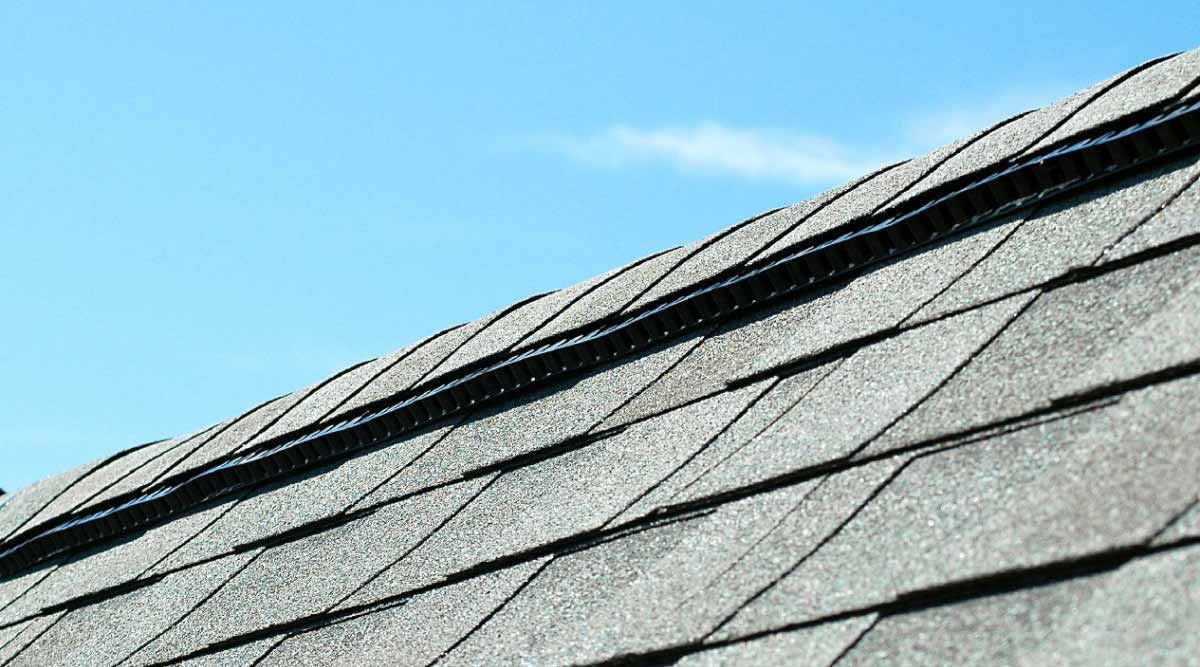The Importance Of Attic And Roof Ventilation
For many homeowners, the idea of residential roof and attic ventilation is a bit of a mystery. There is a general assumption that every roof has some sort of ventilation, and that is usually where the conversation comes to an end.
It’s important for homeowners to understand the basic features of ventilation and the impact it has on their home environment, as well as the overall health of their roof structure. There is absolutely nothing mysterious about proper ventilation.
Ventilation and Draft
We’re all taught at a young age that warm air rises. In a poorly ventilated attic space, this can mean a stagnant environment and temperatures that will easily exceed 100 degrees.
To avoid these extremes, attic and roof ventilation promotes natural circulation which helps to keep temperatures consistent and within an acceptable range. In a nutshell, a well-ventilated roof creates a draft, pulling air from the outside and exhausting it through higher, well-ventilated areas. Mystery solved.
Poor Ventilation
Poorly configured roof and attic ventilation will cause any number of potential problems, none of which will go unnoticed. From staggering utility costs to keep homes cool during summer months, to the premature failure of asphalt shingles due to excessive attic temperatures, poor ventilation is unforgiving.
Left unchecked, stagnant warm air in an attic space will promote moisture buildup that may lead to costly structural damage. Mold and mildew will also become an issue and may present serious health risks to homeowners.
Types of Roof and Attic Ventilation
Residential roof ventilation comes in many forms. Eave vents, dormer vents, roof turbines, ridge vents, and gable vents are primary examples of the types of ventilation found in many homes today.
Remember that warm air rises. Proper installation and configuration are what make any roof and attic ventilation system work. Without the right balance of intake and exhaust, even the most robust configurations will simply cancel one another out.
Eave vents often provide the best point of intake, as they are located at the lowest area in the attic space. Subsequently, ridge vents offer the most efficient point of exhaust, as they are located at the highest elevation on the roof.

Common Ventilation Myths
There are a few common myths where the roof and attic ventilation are concerned. With these out of the way, homeowners are offered a better understanding of the fundamentals.
1. More roof and attic ventilation are better:
This is not the case. It’s not the quantity of ventilation that makes the system work, it’s the installation and configuration of proper components.
2. Ventilation is only for warmer climates:
Roof and attic ventilation is necessary to balance air-flow in any attic space, regardless of the overall climate.
3. Any vent will do:
Inadequate or poorly configured ventilation is effectively no ventilation at all. Substandard products or products that are not professionally installed may even cause problems that will result in costly repairs or health-related issues.
4. Roof and attic vents let warm air escape:
Yes, vents do allow warm air to be exhausted from an attic, but this warm air should not be coming from the living space. Warm air escaping from lower levels into the attic is only the result of poorly installed or insufficient insulation.
Your Roof and Attic Ventilation
With a clear understanding of how the roof and attic ventilation works, you’ll have a much better idea of your present situation. Proper air circulation is critical in order to maintain a comfortable and healthy home. If there is any question as to the condition or effectiveness of your roof ventilation, it’s important to have it thoroughly inspected.
Innovative products such as GAF rigid vents, offer professional roofers the perfect solution and features to optimize roof and attic ventilation. Although the basic principles are straightforward, there is a science behind creating balanced ventilation.
We encourage homeowners to contact us and schedule a no-obligation roof inspection. By addressing any ventilation issues now, costly repairs will be avoided down the road.




Comments are closed